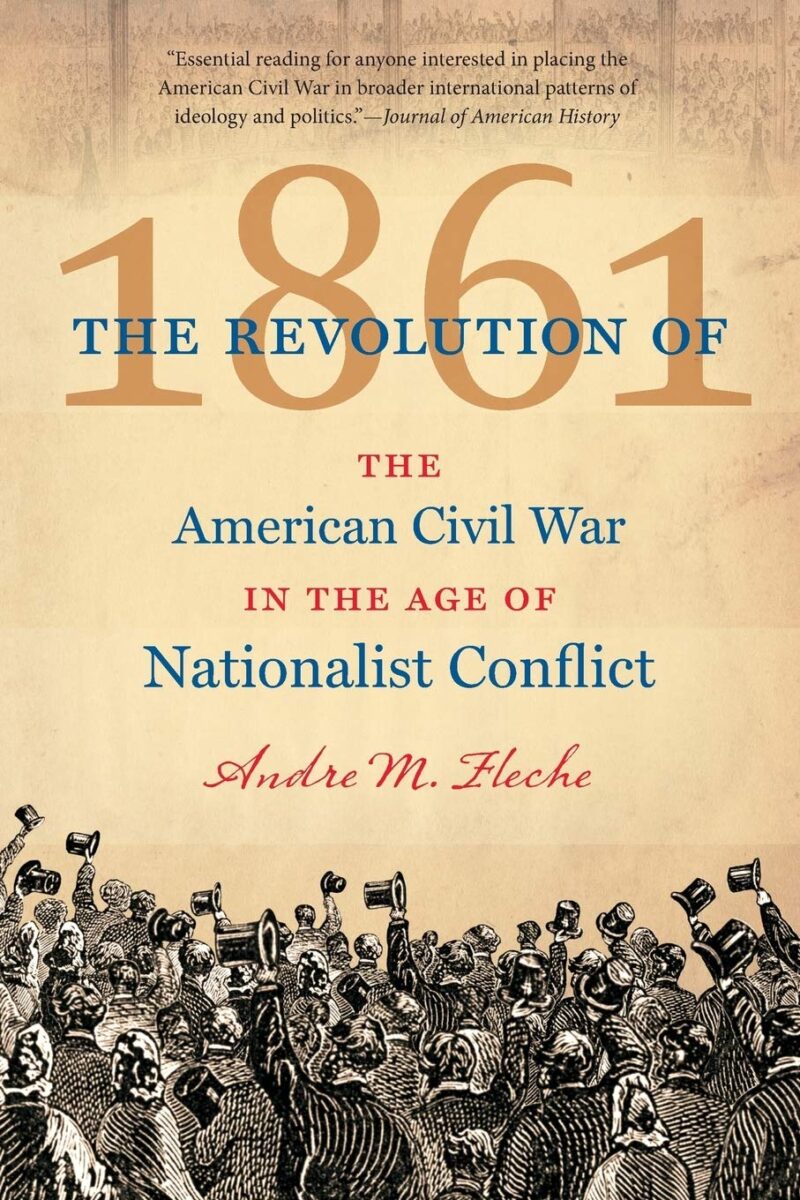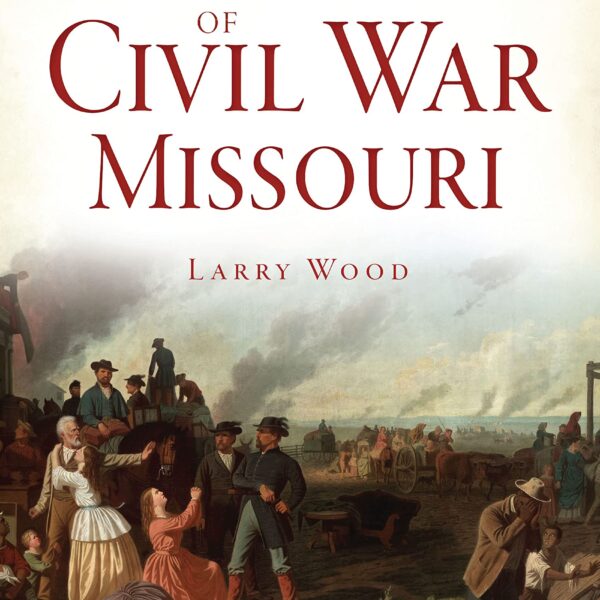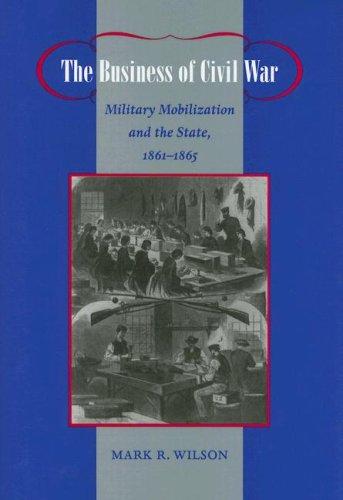Perhaps the oldest and most out of favor interpretation of the American Civil War was formulated by Karl Marx who saw it as only one aspect of an international revolution that was taking place in the mid-nineteenth century. Similarly, in the twentieth century, Charles and Mary Beard described the Civil War as a “Second American Revolution,” one that was part of a world-wide process that transformed feudal and agrarian societies into capitalistic and industrial nations. In a highly readable and provocative new study, The Revolution of 1861: The American Civil War in the Age of Nationalist Conflict, Andre Fleche suggests that while Americans may not have been Marxists, or even Beardians, they recognized the relationship between their Civil War and other revolutionary struggles including the revolutions of 1848. Fleche argues that “the legacy of 1848 and the revolutions that had preceded it provided much more than a basis for comparison and analogy for Americans contemplating their Civil War. It directly influenced the competing nationalist ideologies both sides developed as they presented their cases to each other and to the world.” (3)
Fleche does not argue that these competing nationalist ideologies were fully articulated at the beginning of the Civil War. Instead, he describes their formulation as an evolutionary process. In the beginning, immigrants who fled failed European revolutions and sought asylum in the United States articulated the connection between European revolutions and American sectional strife. When war came, these men supported either the north or south based on how they interpreted their experiences in Europe compared to American conditions. Fleche believed that these men influenced the debate over southern secession and the northern response to disunion. Moreover, native-born Americans began to think of their own domestic struggles in a more international way when they were tasked to explain to Europeans the nature of their conflict. While both sides justified their positions to the world, southerners had a more critical and difficult task. A more important task because recognition by European nations as a legitimate state was seen, quite rightly, as a major boost for the Confederate war effort; more challenging because southerners needed to explain their revolution in such a way as avoid antagonizing conservative governments, while defending slavery to a more liberal European public. Fleche does a superb job of explaining how Confederates threaded this needle. While U.S. officials had a simpler task, the U.S. was already recognized as a legitimate nation, northerners still needed to explain why a country that had so strongly supported self-determination in places like Hungary went to war to stop a similar movement in their own nation. Fleche’s analysis of how immigrants shaped northern and southern nationalistic ideology and how Americans of both sections used revolutionary rhetoric familiar to Europeans to justify their respective positions is thoroughly convincing and represents an important contribution to our understanding of the transnational nature of the American Civil War.
It is the next phase of Fleche’s argument that I did not find as convincing. Fleche rejects the notion that northerners and southerners revolutionary rhetoric was merely to justify their position to European audience; as he asserts, it was “more than a basis of comparison or an analogy.” Instead, Fleche implies that, to some extent, Americans accepted European revolutionary rhetoric and that this shaped northern and southern nationalistic ideology. He rejects the usual explanation for this type of language, the notion that the revolutionary rhetoric espoused by both sides was an echo of the American Revolution. While Fleche recognizes that the “the legacy of the revolution” was important to the Civil War generation, he argues that it “is not sufficient to describe the intellectual environment in which mid-nineteenth-century Americans thought and acted.” (6) First, given the limited formal education of many northerners and southerners, and their subsequent lack of awareness of a larger intellectual ferment, it might have been better to qualify that statement as “some” nineteenth-century Americans. Second, northerners and southerners of the Civil War generation left voluminous testimony to the notion that they saw themselves as heirs of the generation of 1778 and not the generation of 1848. When northerners chose words like aristocracy and oligopoly to explain the necessity of emancipation, they did not do so because they reflected some broader, transnational understanding, of their cause. Instead, they did so because they understood their audience, Americans who might accept the end of slavery if it ended threats to the freedom won by their ancestors during the American Revolution. To be fair, Fleche makes a strong case that some southerners understood their cause in relationship to nineteenth-century European ideologies. He describes southerners’ belief in different notions of republicanism: red republicanism—socialism, communism, and too much equality and black republicanism—the northern republicanism that frees African Americans at the expense of white equality. Southerners rejected these types of republicanism in favor of their own white republicanism—free white men made equal by the existence of an enslaved working class. Fleche does not, however, demonstrate that more than a few southerners had a similar transnational understanding of republicanism.
Despite my concerns, Fleche could very well be right; however, establishing the transnational nature of nineteenth century American nationalist ideology, particularly to expand this understanding beyond a few well-educated and internationally-minded Americans, requires a broader study. Overall, this volume is enormously provocative and valuable. I strongly recommend it for anyone who yearns to drag the Civil War out of its sui generis status as a uniquely American experience separated from larger world-wide developments.
Barbara Gannon is an Assistant Professor of History at the University of Central Florida and the author of The Won Cause (2011).





